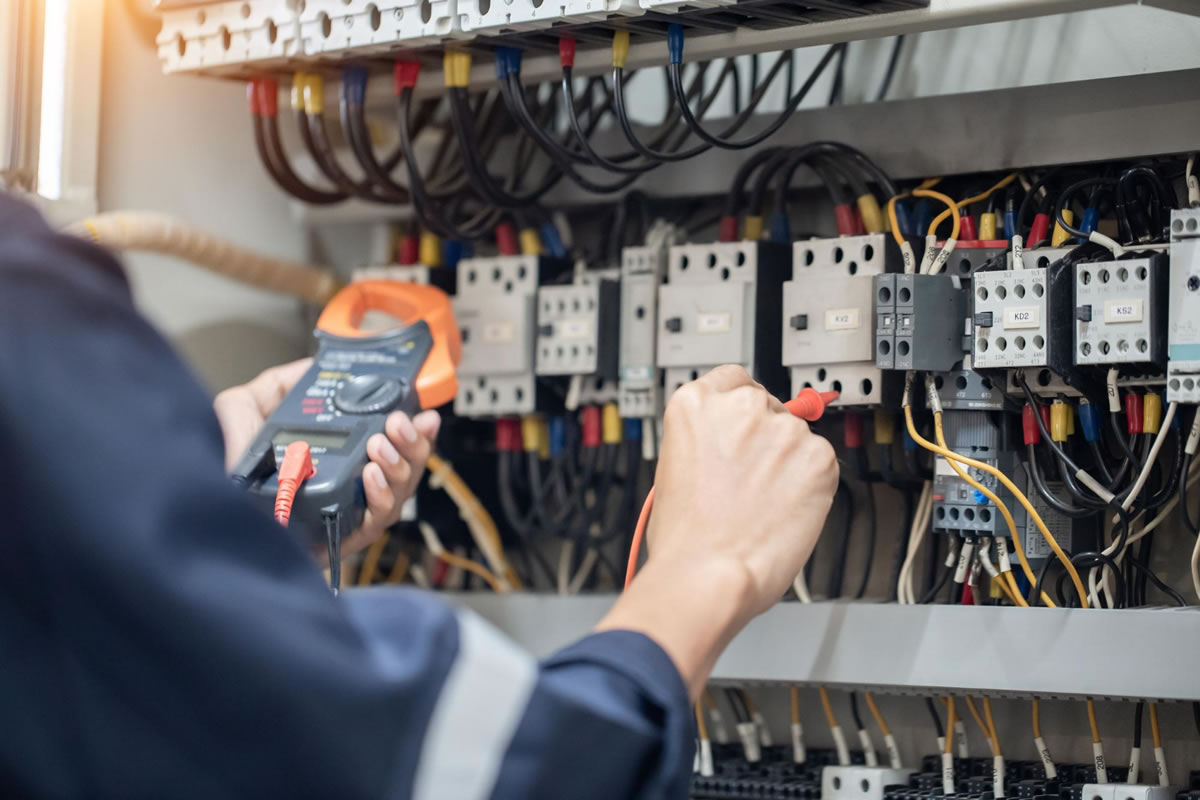A Complete Guide to your Home’s Electrical Box

You may never think about your home’s electrical box until you have a problem with your home’s electrical system. Then, you may want to know how to reset it as it serves as your primary connection between the powerlines outside and electricity in your home. If you need to open your electrical box, then make sure that your hands are dry and that you are standing on a dry surface or you can get shocked. Additionally, you should always call an electrician in Apopka, FL., like those found at Spectrum Electric Inc., to fix any loose wires. Here are some pointers that you will want to keep in mind.
Where is the Electrical Service Box Located?
Your home’s electrical service box can be in a variety of locations. It may be in a hall closet, in your basement, in the garage or even in the pantry located adjacent to the kitchen. You will want to find its exact location before you are fumbling for it in the dark. It usually looks like a big silver box.
The Components of Your Breaker Box
Your breaker box has many different components. The first part is a cover that you can open to get to the components located inside. Once you open it, you will see spaces with your circuit breakers in them. Usually, the breakers look like black on and off switches. You may also see wires that run behind the circuit breakers along with thick wires leading up to the home’s primary electrical system.
Label Your Breakers
Before you are fumbling and nervous, it is a great idea to label your breakers as they control the electricity to different parts of your home allowing you to flip the right one without getting yelled at for interrupting someone’s television show. Label them with a permanent marker or another writing tool that will not fade over time. Avoid using nicknames, like Laura’s bedroom, to label breakers as this may change over time. You may also want to create a circuit breaker map on a piece of paper and put it in a plastic sleeve as this gives you a secondary source of information if your writing fades.
Amperages
You should notice your circuits marked with amperage ratings. When you are marking your circuit breakers, this can help you identify which circuit controls different items in your home. For example, most refrigerators require 20 amps while your stove usually requires 30 to 50 amps. Most lighting and general receptacles in your home will be 15 amps.
You should never work with the wires going into, in or coming out of your electrical box. Additionally, you should only flip a breaker one time. If this does not correct the problem, then contact Spectrum Electric Inc. They earnestly desire to be your trusted electrician in Apopka, FL.
